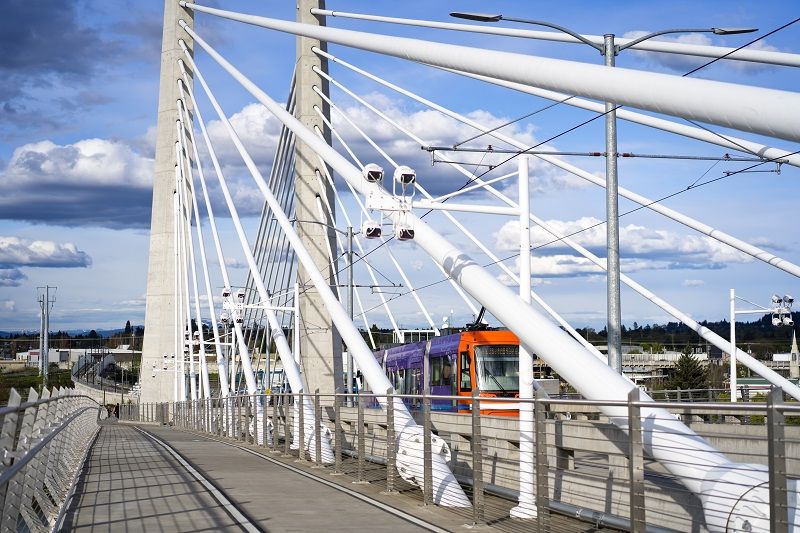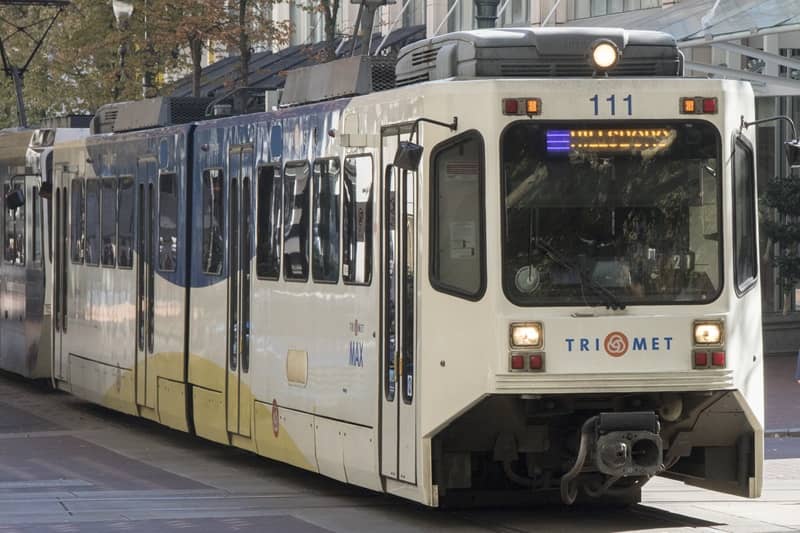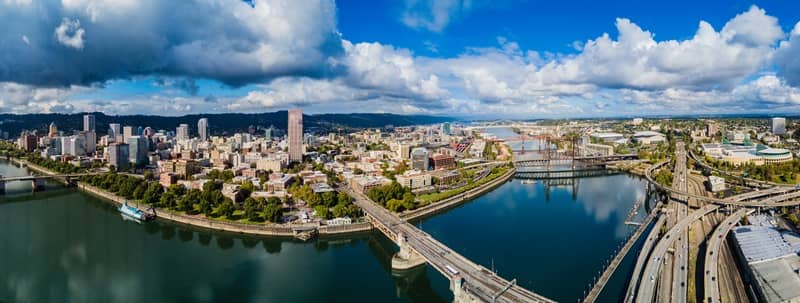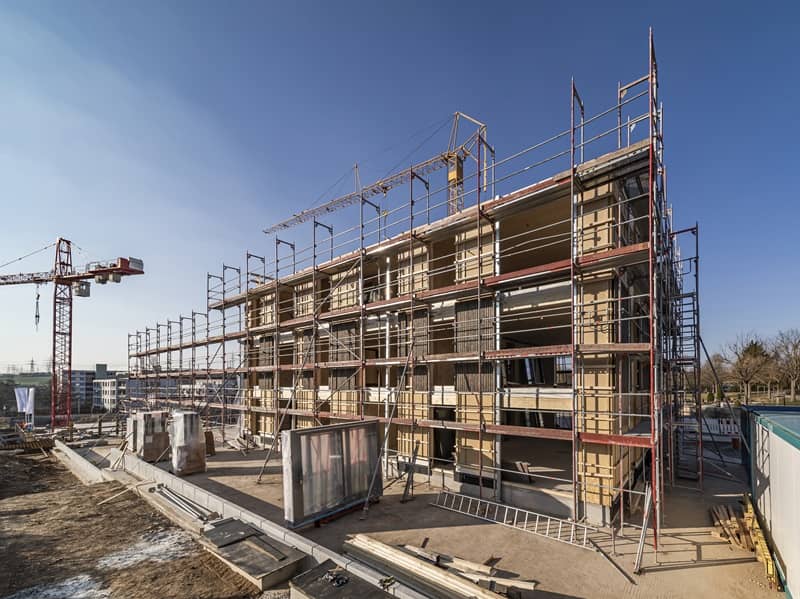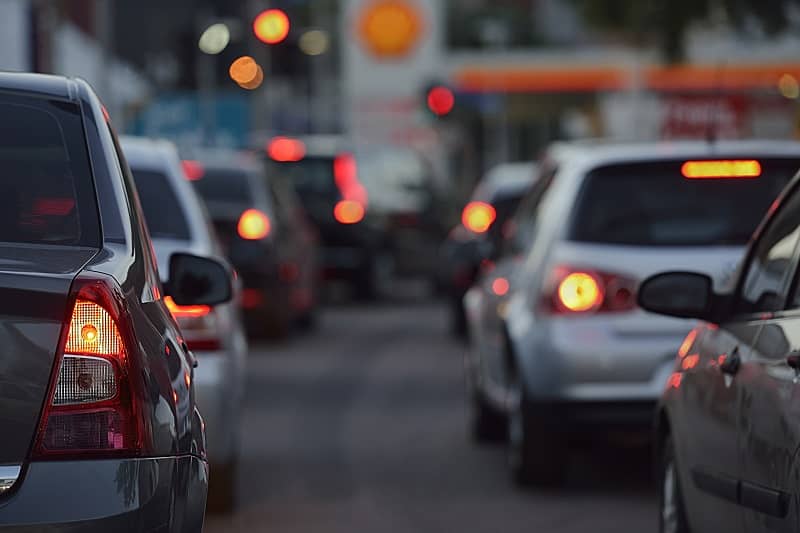By John A. Charles, Jr.
At the last meeting, there was a fair amount of discussion about how the proposed bond measure should be structured to reduce GHG emissions from the transportation network.
If that is the direction the committee prefers, then it implies that the bond measure should not fund any road expansion projects. But it also has implications for light rail construction.
According to the Draft Environmental Impact Statement (DEIS) for the SW Corridor project, the estimated energy consumption during construction of light rail will be 5,886,876 million Btu. The DEIS also asserts that the “one-time energy use required to construct the Light Rail Alternative would be offset by the project’s long-term, beneficial operational impacts.”
To determine if this is true, we can look at the estimated daily energy savings from rail operations. On page 4-129 of the DEIS, the following information is presented:
2035 Daily Vehicle Miles Traveled and Energy Consumption
| Vehicle Type | Daily VMT – No build option | Million Btu/Day – No build option | Daily VMT
Light Rail option |
Million Btu/Day
Light Rail option |
| Passenger vehicle | 51,474,286 | 249,084 | 51,415,071 | 248,798 |
| Heavy-duty trucks | 3,389,982 | 73,132 | 3,389,288 | 73,117 |
| Transit bus | 100,122 | 3,546 | 97,501 | 3,453 |
| Light rail | 19,189 | 1,247 | 21,200 | 1,377 |
| TOTAL | 54,983,579 | 327,009 | 54,923,060 | 326,745 |
Since the energy savings from light rail operation compared with the base case are quite small, it would take 61.09 years to overcome the GHG deficit caused by construction. Also, the useful life of the equipment is likely to be only 40 years, so replacing all the light rail cars and track system would create another energy deficit.
If you asked the Energy Trust of Oregon for a grant to install an energy conservation project with a 61-year payback, they would probably reject your request. Cost-effective energy efficiency projects need to have a payback period that is less than the lifespan of the equipment.
Given the over-riding goal of GHG reduction, I recommend that bond expenditures be limited to bike and pedestrian projects only. Among other things, this would drop the total cost by about 90%, which would greatly increase the chance of voter approval.
Click here for PDF version:
